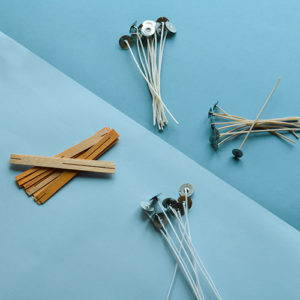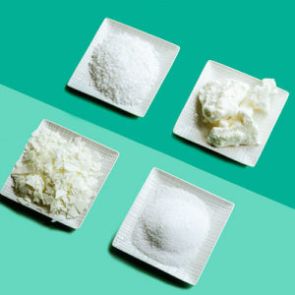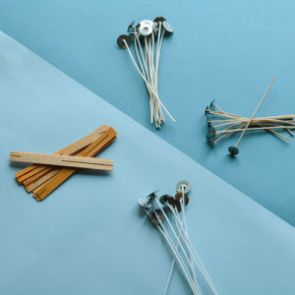Choosing The Right Wick
When you make a candle, the wick may well be the last thing you think about. Your main focus might be on how the candle looks, so you think about the type of wax you’re going to use, and what colours to choose. In truth, however, candle wicks are actually the most important component, as they determine the functionality of the candle itself.
A candle wick is basically the fuel delivery system for the candle wax vapour, and that’s what makes the candle burn.
Wicks have been used since ancient Egyptian times when rushes were dipped in animal fat and lit. Later on, the Romans loosely wove cotton fibres together to make improvised wicks. Today, wicks are made of tightly woven cotton or similar fabric, and sometimes include a core made from cotton, zinc or paper.
Cotton core wicks help reduce carbon build-up while the candle burns, while paper wicks allow the candle to burn at higher temperatures.

How To Select The Correct Wick
When selecting the perfect wick for your candle-making project, it’s important to test different wicks to see which one is going to give you the optimum flame height, melt pool size, burn rate, scent throw and smoke. Different wicks work best with different applications, and their performance is influenced by the type of wax you’re using, as well as the colour and scent.
When you first start to test your wicks, just test the wick and the wax. If it burns well, then try adding in an additional component, such as a dye. Extra elements can be added for as long as the candle continues to burn well. This step-by-step process helps identify which element causes the candle to burn less efficiently.
You know you have a successful burn if you have:
- A consistent flame size
- A well-formed wax pool with no dripping
- Minimal glow after you’ve blown out the candle
- A container that only gets moderately warm, depending on the material and make of the vessel.
- Minimal, if any, blooming (carbon deposits)
Each wick range has its own wick-size burning guide, pleased see below for the appropriate guide.
- Stabilio Wicks
- LX Wicks
- Advanced Wood Wicks
- Cross Wood Wicks
- Eco Wicks




